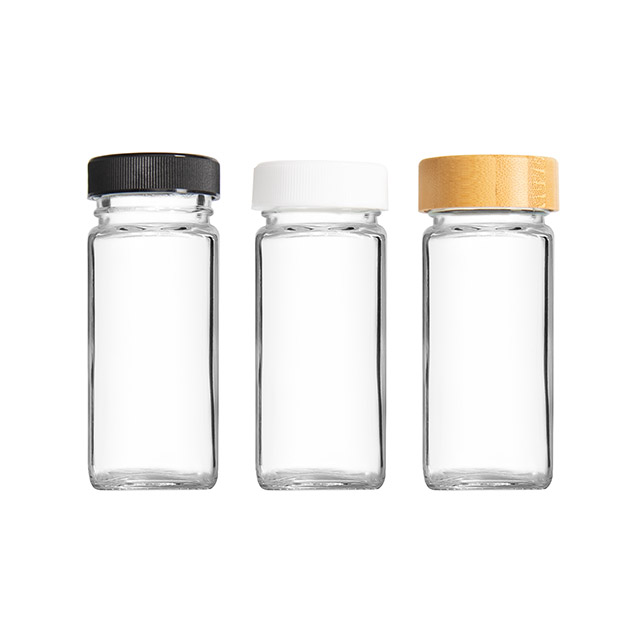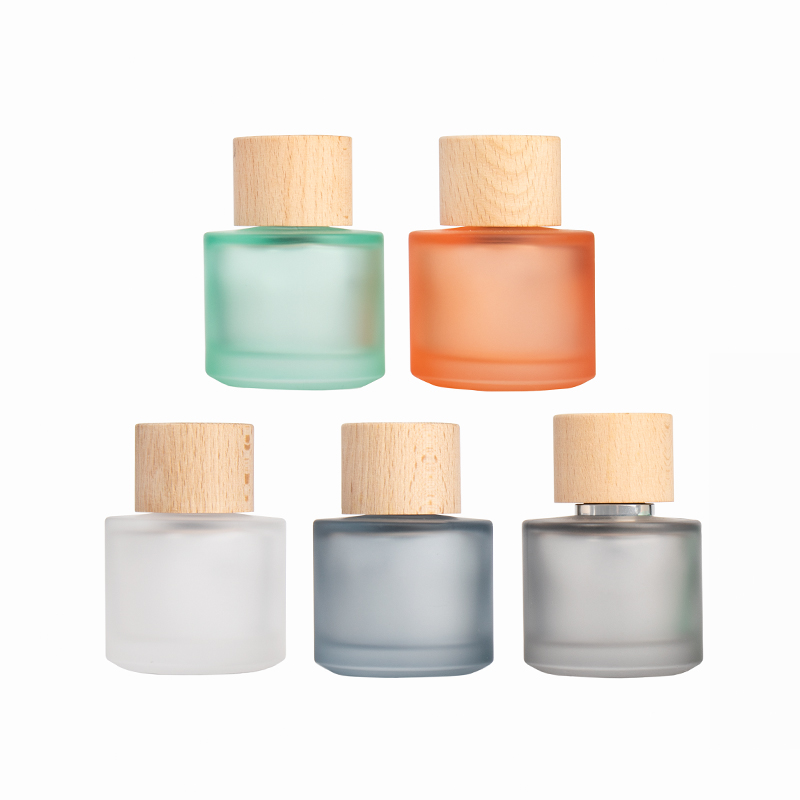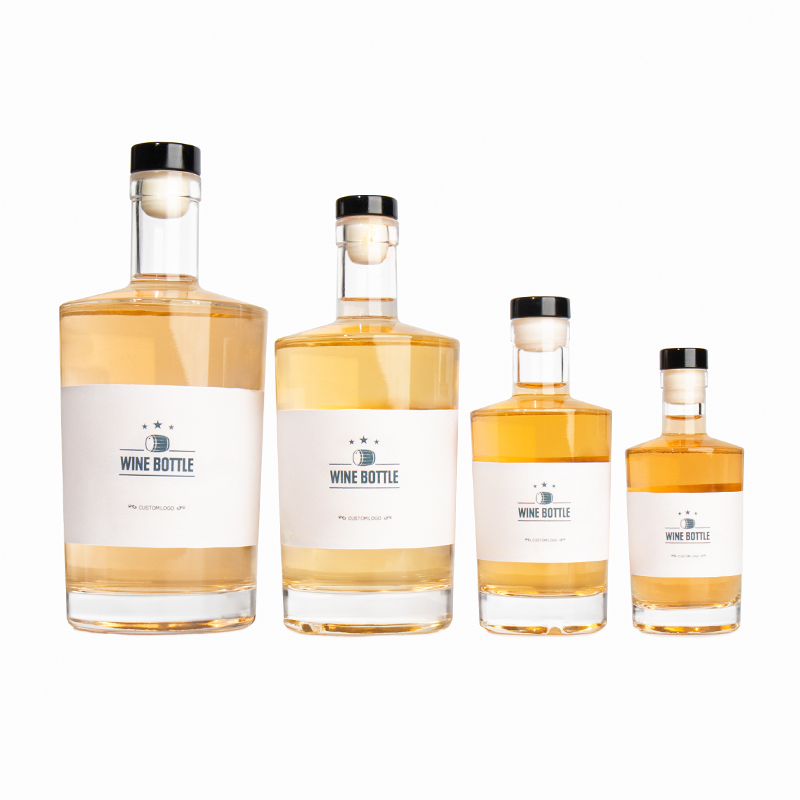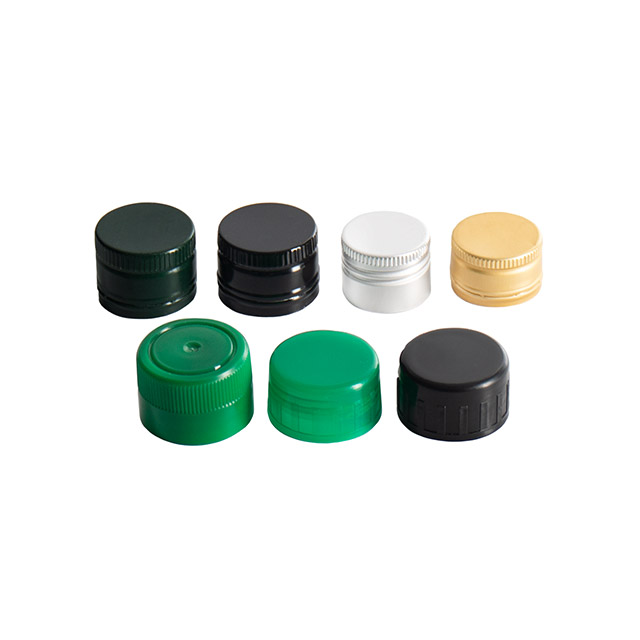Choosing the right glass bottle for your glass packaging needs is a critical decision, as it can directly impact your product’s quality, branding, and customer experience. Here’s a more tailored guide to help you select the right glass bottle for your specific packaging requirements:
1.Different glass packaging specifications depend on the product
Different types of products require different packaging specifications:

Food and Beverages: Typically require food-grade glass, which is non-reactive and preserves the product’s integrity. For beverages glass, consider glass bottles that can withstand pressure (e.g., carbonated drinks).
Cosmetics and Personal Care: Cosmetic packaging often includes custom shapes, elegant designs, and materials that offer UV protection to preserve formulas.
Pharmaceuticals: Must require tamper-evident features, durability, and protective seals,amber glass can used to protect UV.

2.Select the raw material
The material type affects durability, weight, and safety:
Soda-Lime Glass: The most common type used in bottles, suitable for many applications like food, beverages, and cosmetics. It is less resistant to high temperatures but is inexpensive.
Borosilicate Glass: Offers superior durability and resistance to temperature shock, making it ideal for applications involving heat or cold (e.g., laboratory or kitchenware).
Lead Glass (Crystal): Often used in luxury items and high-end packaging (e.g., perfume bottles), but it is not suitable for food or beverage use due to its lead content.

3 Glass Bottle Size and Volume
Shape: Consider if you want a standard shape (e.g., round, square, cylindrical) or a custom design glass bottle to make your product stand out on the shelf.
Brand Identity: Glass bottles can be customized with embossing, engraving, or unique design features to align with your brand identity.

4.Closure Type and Compatibility
Cap/Closure Types: Choose the right closure based on your product’s requirements:
Screw caps: Common for beverages and food products.
Corks: Popular for wine, spirits, and luxury products.
Pumps or Droppers: Common for cosmetics and skincare products.
Tamper-Evident Seals: Important for pharmaceuticals and food to ensure product safety and integrity.
Compatibility: Ensure that the bottle neck design is compatible with your chosen cap or closure type.

5.Assess Strength and Durability
Glass Thickness: Thicker glass is more durable but adds weight and cost. Consider the trade-off between protection and transportability. For example, luxury or fragile items often require thicker glass for a premium look and feel.
Impact Resistance: Ensure the glass is robust enough for shipping and handling, especially if it’s going to be transported long distances or over rough conditions.

6 Branding and Aesthetic Considerations
Customization Options: Glass bottles offer excellent opportunities for branding with options like embossed logos, custom colors, or frosted glass.
Transparency: Clear bottles allow consumers to see the product inside, which is important for products like beverages or oils, where clarity and quality are part of the appeal.
Luxury vs. Everyday Use: High-end products like perfumes or premium beverages often use glass bottles with unique designs and a heavier weight to convey luxury, while more standard products may use simpler designs.
7 Environmental Considerations
Recyclability: Glass is 100% recyclable and does not degrade in quality aft




